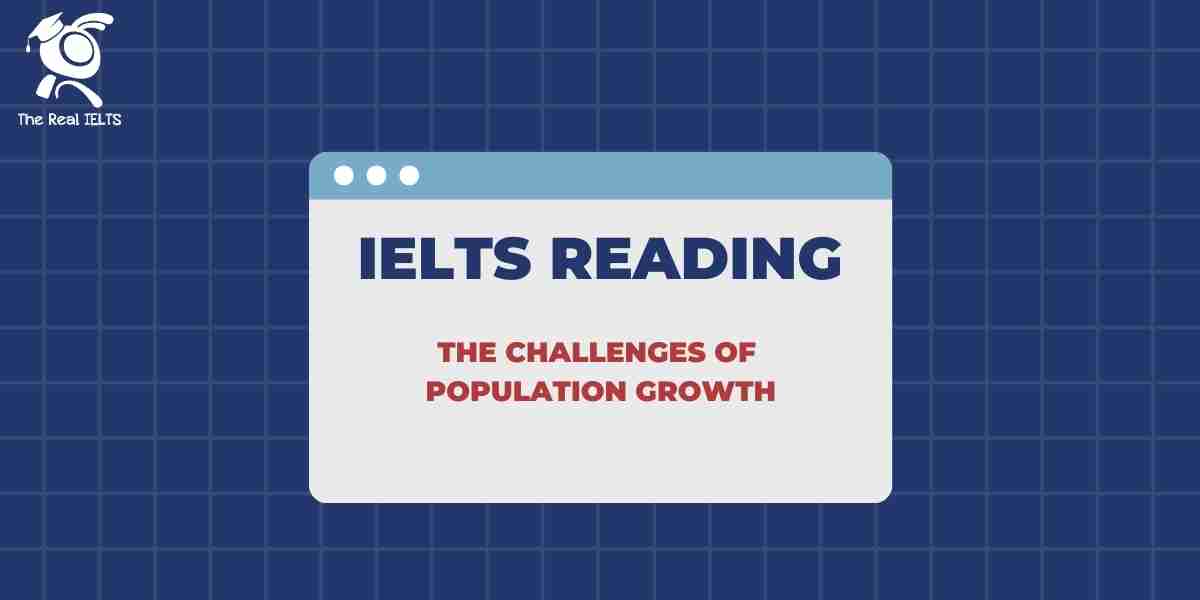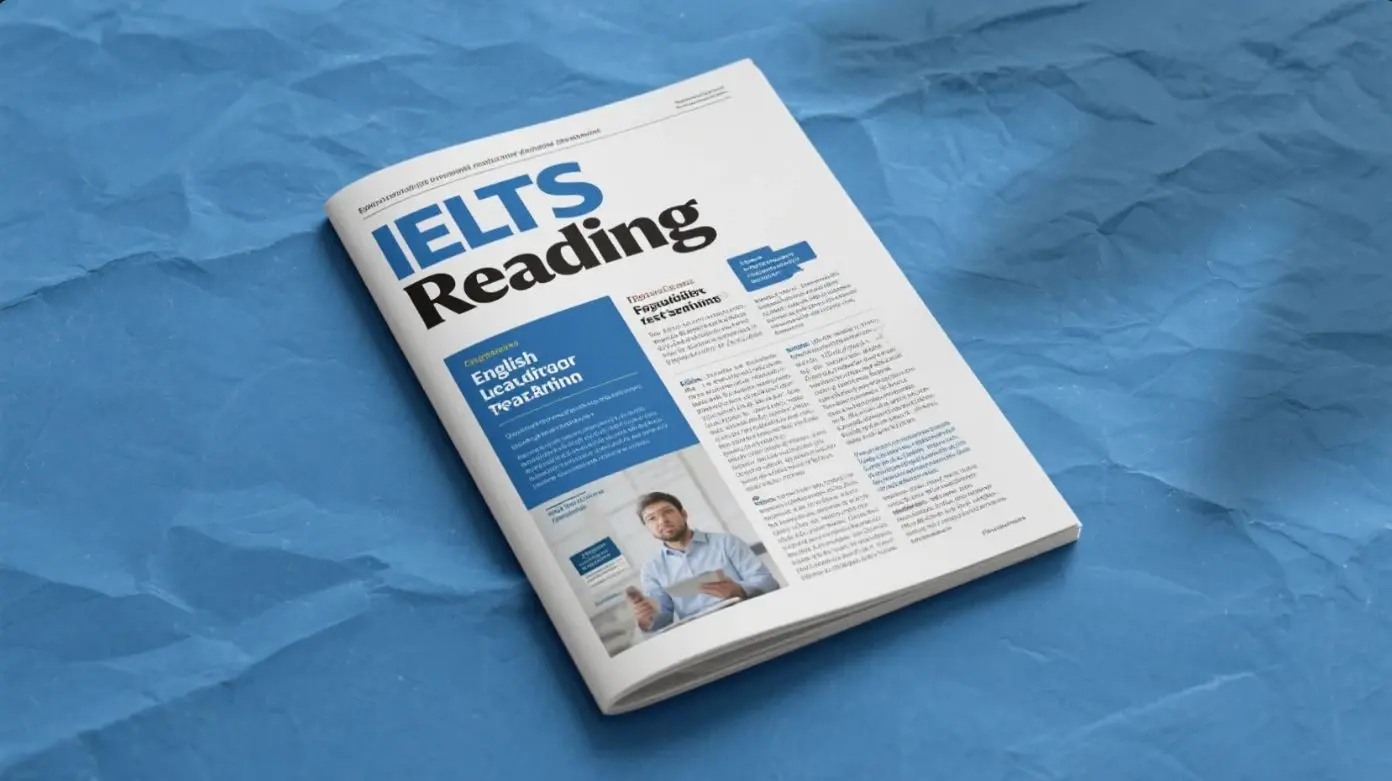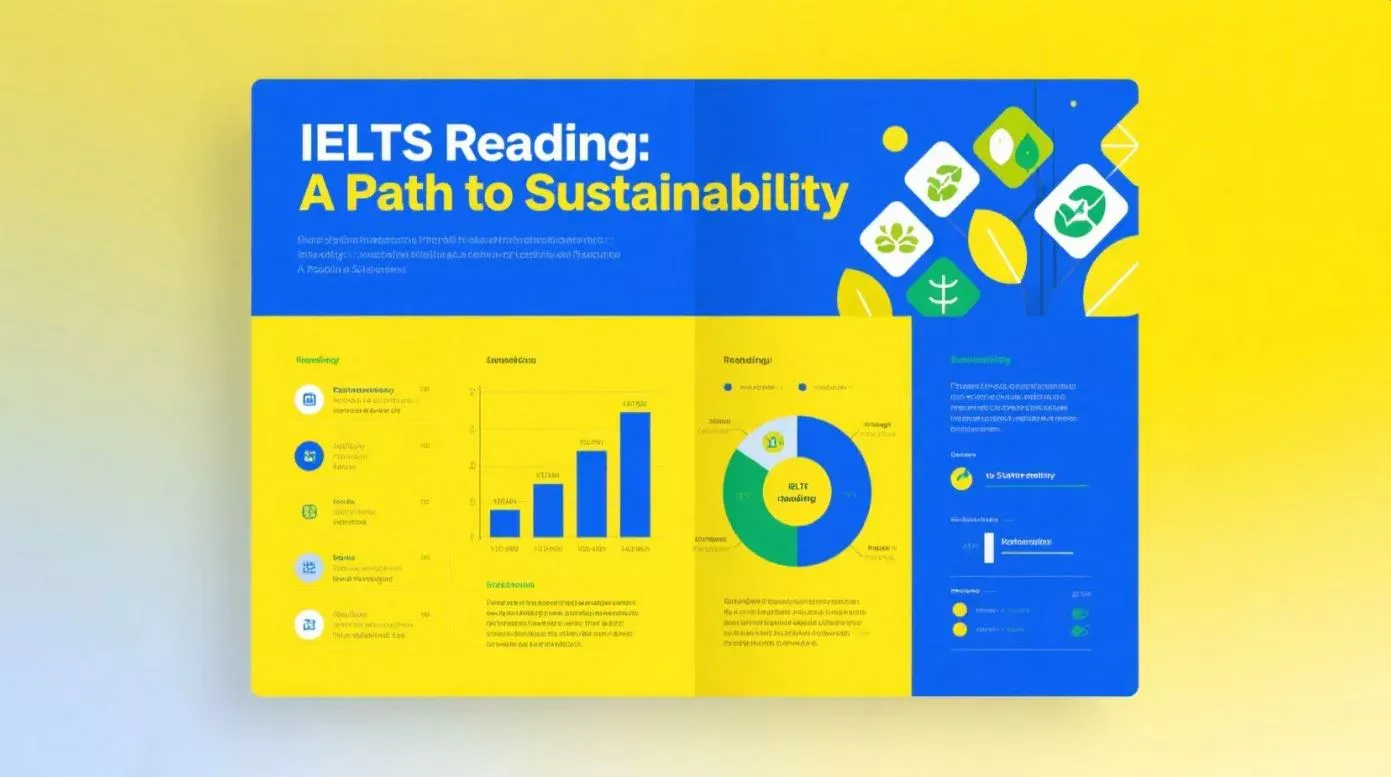Đề bài IELTS Writing Task 2 dạng Agree or Disagree Part 12:
You should spend about 40 minutes on this task
People should be allowed to work from home. To what extent do you agree or disagree?
Write at least 250 words.
Giải mẫu IELTS Writing
In recent years, the concept of working from home has gained significant popularity. Proponents argue that it offers numerous benefits, while opponents highlight potential drawbacks. I believe that allowing people to work from home should be encouraged but with certain limitations.
On one hand, working from home provides several advantages. Firstly, it offers greater flexibility, allowing employees to create a work-life balance that suits their individual needs. This flexibility can lead to increased job satisfaction and reduced stress levels, ultimately boosting productivity. For instance, parents can manage their work while taking care of their children, and individuals can eliminate long commutes, saving both time and money.
Secondly, remote work can contribute to environmental sustainability. Fewer people commuting to work means reduced traffic congestion and lower carbon emissions. This not only benefits the environment but also improves air quality, contributing to overall public health. Additionally, companies can save on operational costs such as office space, utilities, and other overhead expenses.
However, there are also challenges associated with working from home. One major concern is the potential for decreased collaboration and communication among team members. Face-to-face interactions often foster creativity and innovation, which can be difficult to replicate in a virtual environment. Moreover, some employees may struggle with self-discipline and time management, leading to decreased productivity and job performance.
Furthermore, not all jobs are suitable for remote work. Certain professions require physical presence or access to specialized equipment that cannot be replicated at home. For example, healthcare workers, factory employees, and those in the service industry must be physically present to perform their duties effectively.
In conclusion, while I agree that people should be allowed to work from home due to the numerous benefits it offers, it is important to recognize that it may not be suitable for all professions and individuals. Companies should implement flexible policies that allow employees to work remotely when feasible while ensuring that collaboration and productivity are maintained. A balanced approach that considers the needs of both the employees and the organization will lead to the most positive outcomes.
Cấu trúc ngữ pháp và cấu trúc câu
- Câu đơn (Simple sentences):
- “In recent years, the concept of working from home has gained significant popularity.”
- “Proponents argue that it offers numerous benefits, while opponents highlight potential drawbacks.”
- “I believe that allowing people to work from home should be encouraged but with certain limitations.”
- Câu ghép (Compound sentences):
- “Firstly, it offers greater flexibility, allowing employees to create a work-life balance that suits their individual needs.”
- “This flexibility can lead to increased job satisfaction and reduced stress levels, ultimately boosting productivity.”
- “For instance, parents can manage their work while taking care of their children, and individuals can eliminate long commutes, saving both time and money.”
- Câu phức (Complex sentences):
- “Secondly, remote work can contribute to environmental sustainability.”
- “Fewer people commuting to work means reduced traffic congestion and lower carbon emissions.”
- “This not only benefits the environment but also improves air quality, contributing to overall public health.”
- “Additionally, companies can save on operational costs such as office space, utilities, and other overhead expenses.”
- “However, there are also challenges associated with working from home.”
- “One major concern is the potential for decreased collaboration and communication among team members.”
- “Face-to-face interactions often foster creativity and innovation, which can be difficult to replicate in a virtual environment.”
- “Moreover, some employees may struggle with self-discipline and time management, leading to decreased productivity and job performance.”
- “Furthermore, not all jobs are suitable for remote work.”
- “Certain professions require physical presence or access to specialized equipment that cannot be replicated at home.”
- “For example, healthcare workers, factory employees, and those in the service industry must be physically present to perform their duties effectively.”
- “In conclusion, while I agree that people should be allowed to work from home due to the numerous benefits it offers, it is important to recognize that it may not be suitable for all professions and individuals.”
- “Companies should implement flexible policies that allow employees to work remotely when feasible while ensuring that collaboration and productivity are maintained.”
- “A balanced approach that considers the needs of both the employees and the organization will lead to the most positive outcomes.”
Từ kết nối (Connecting words and phrases):
- Kết nối giữa các đoạn:
- “On one hand,” (Đầu đoạn 2)
- “Secondly,” (Đầu đoạn 3)
- “However,” (Đầu đoạn 4)
- “Furthermore,” (Đầu đoạn 5)
- “In conclusion,” (Đầu đoạn 6)
- Kết nối trong câu:
- “Firstly,” (Đầu câu)
- “For instance,” (Đầu câu)
- “Secondly,” (Đầu câu)
- “This not only… but also…” (Cấu trúc so sánh)
- “Additionally,” (Đầu câu)
- “Moreover,” (Đầu câu)
- “For example,” (Đầu câu)
- “while” (Liên từ)
- “when” (Liên từ)
Các từ vựng tiếng Anh cần lưu ý trong bài viết
- Concept – Khái niệm
- Proponents – Những người ủng hộ
- Opponents – Những người phản đối
- Drawbacks – Hạn chế
- Flexibility – Sự linh hoạt
- Work-life balance – Cân bằng giữa công việc và cuộc sống
- Job satisfaction – Sự hài lòng trong công việc
- Reduced stress levels – Giảm mức độ căng thẳng
- Productivity – Năng suất
- Commutes – Việc đi lại
- Environmental sustainability – Sự bền vững môi trường
- Carbon emissions – Lượng khí thải carbon
- Operational costs – Chi phí vận hành
- Collaboration – Sự hợp tác
- Creativity and innovation – Sự sáng tạo và đổi mới
- Virtual environment – Môi trường ảo
- Self-discipline – Tự kỷ luật
- Time management – Quản lý thời gian
- Job performance – Hiệu suất công việc
- Specialized equipment – Thiết bị chuyên dụng
- Feasible – Khả thi
- Maintained – Được duy trì
- Balanced approach – Cách tiếp cận cân bằng
- Positive outcomes – Kết quả tích cực
Đọc thêm các bài Luyện Thi IELTS khác trong link nhé.















